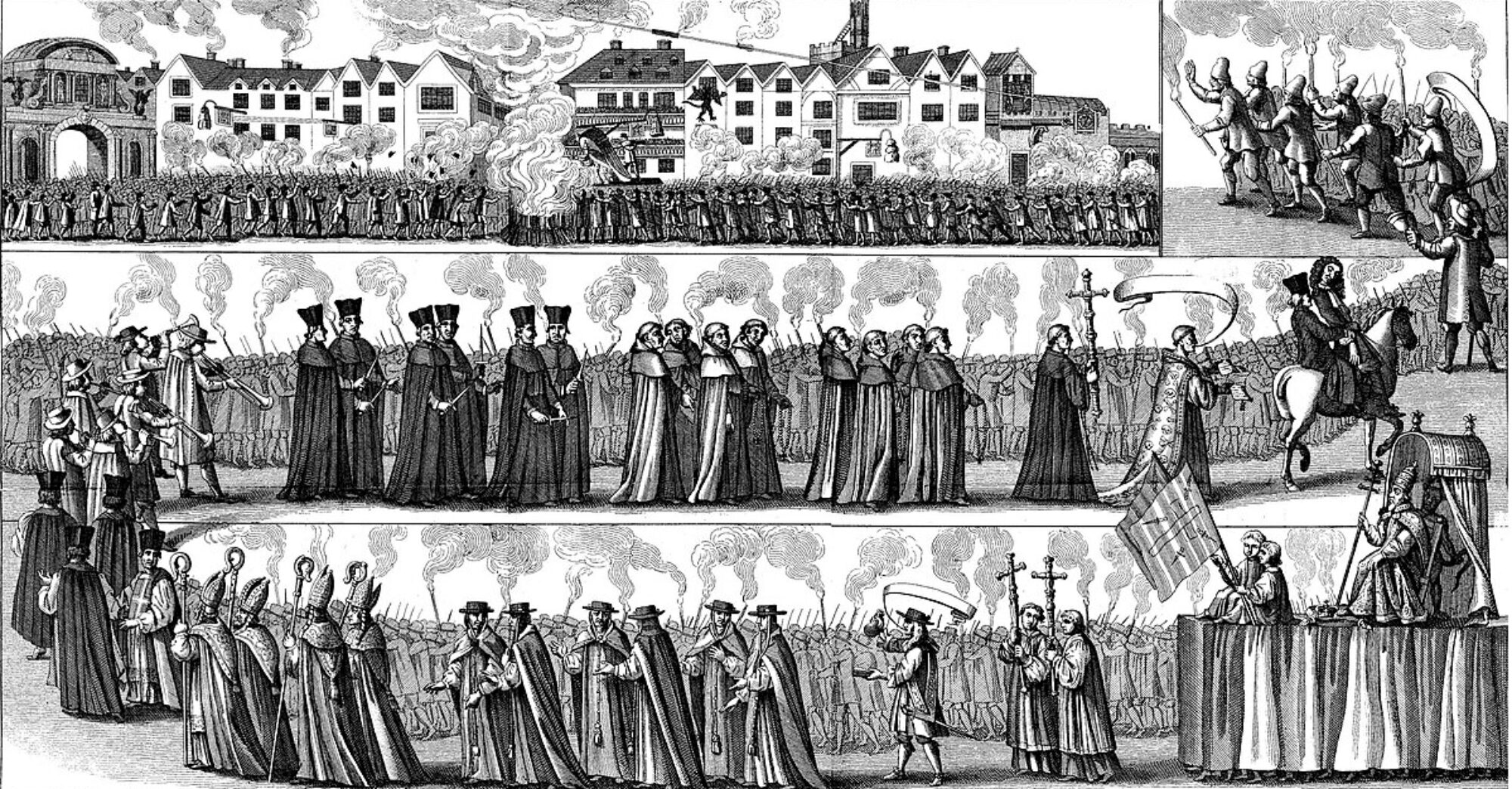Even more postdocs 🙂 Peter Love from Haverford College has postdocs for quantum simulation, the most important, yet with apologies to those who have made major progress in this field, still least understood portion of quantum algorithms. Which is why you should do this postdoc and help us all understand the power of quantum simulation:
Postdoctoral position in Quantum Information
Applications are invited for a postdoctoral research position in quantum information at Haverford College. The successful applicant will work with Peter Love and collaborators on the development of methods for the simulation of quantum systems on quantum computers, but will also be able to pursue their own research agenda. Applications of particular interest include methods for quantum chemistry, including electronic
structure and chemical reactions. Candidates must hold a Ph.D. in Physics, Mathematics, Chemistry, Computer Science or other relevant subject by the starting date.
Haverford College, located 10 miles from downtown Philadelphia, is one of the country’s leading liberal arts colleges. Its Physics and astronomy program emphasizes research both in and out of the classroom. The Departments of Physics and astronomy comprise seven faculty and three existing postdoctoral scholars. The qualified and interested applicant will have the option to participate in this program by advising undergraduate research students and possibly teaching within the physics department.
The initial appointment will be for one year, with possible extension to three years. The position is available to begin on the 1st January 2011, but the starting date is negotiable. Applicants should send a cover letter, CV, bibliography, and a statement of research experience and interest, and arrange to have at least two letters of recommendation sent
to:
Peter Love
Department of Physics, KINSC
Haverford College
370 Lancaster Avenue
Haverford PA 19041
Applications received by Nov. 1 2010 will be given full consideration, but will be accepted until the position is filled.
Included Benefits:
A full benefits package is provided with this job. The full dental coverage and maternity leave begin after one year of employment.
And as always, the best postdoc positions around, okay so I’m biased…the Omidyar Postdocs at the Santa Fe Institute:
The Omidyar Postdoctoral Fellowship at the Santa Fe Institute offers you:
- – unparalleled intellectual freedom
- – transdisciplinary collaboration with leading researchers worldwide
- – up to three years in residence in Santa Fe, NM
- – competitive salary and generous benefits
- – discretionary research and collaboration funds
- – individualized mentorship and preparation for your next leadership role
- – an intimate, creative work environment with an expansive sky
The Omidyar Fellowship at the Santa Fe Institute is unique among postdoctoral appointments. The Institute has no formal programs or departments. Research is collaborative and spans the physical, natural, and social sciences. Most research is theoretical and/or computational in nature, although may include an empirical component. SFI averages 15 resident faculty, 95 external faculty, and 250 visitors per year. Descriptions of the research themes and interests of the faculty and current Fellows can be found at http://www.santafe.edu/research.
Requirements:
- – a Ph.D. in any discipline (or expect to receive one by September 2011)
- – computational and quantitative skills
- – an exemplary academic record
- – a proven ability to work independently and collaboratively
- – a demonstrated interest in multidisciplinary research
- – evidence of the ability to think outside traditional paradigms
Applications are welcome from:
- – candidates from any country
- – candidates from any discipline
- – women and minorities, as they are especially encouraged to apply.
SFI is an Equal Opportunity Employer.
Application Materials:
Interested candidates must submit the following:
- Curriculum vitae (including publications list).
- Statement of research interests (max. 2 pages) to include a short description of the research you would like to pursue and why.
- Description of interest in SFI (max. 1 page) that describes your potential contribution to the SFI community and also explains the potential impact of SFI on your research. Consider addressing one or more of the following: What sort of input from other fields would most improve your future research? What type of multidisciplinary workshop might you want to organize during your Fellowship? What aspects of your present or future research are difficult to pursue in a traditional academic environment?
- Three letters of recommendation from scholars who know your work. (The letters should be sent independent of the application. When you complete the online application, please be prepared to provide e-mail addresses of the three individuals who will recommend you. SFI will contact them directly with instructions for submitting letters.)
- (Optional) A copy of one paper you have written in English, either published or unpublished.
The Omidyar Fellowship at the Santa Fe Institute is made possible by a generous gift from Pam and Pierre Omidyar.
The Santa Fe Institute is a private, independent, multidisciplinary research and education center founded in 1984. Since its founding, SFI has devoted itself to creating a new kind of scientific research community, pursuing emerging synthesis in science. Operating as a visiting institution, SFI seeks to catalyze new collaborative, multidisciplinary research; to break down the barriers between the traditional disciplines; to spread its ideas and methodologies to other institutions; and to encourage the practical application of its results.
To apply:
Online application site open 1 Sept – 1 Nov 2010.
We ONLY accept online applications via the online-application site.
To begin your online application click HERE
Inquiries: email to (Javascript must be enabled to see this e-mail address) // < ![CDATA[
document.write('ofellowshipinfo@santafe.edu’)
// ]]>ofellowshipinfo [atatat] santafe.edu

